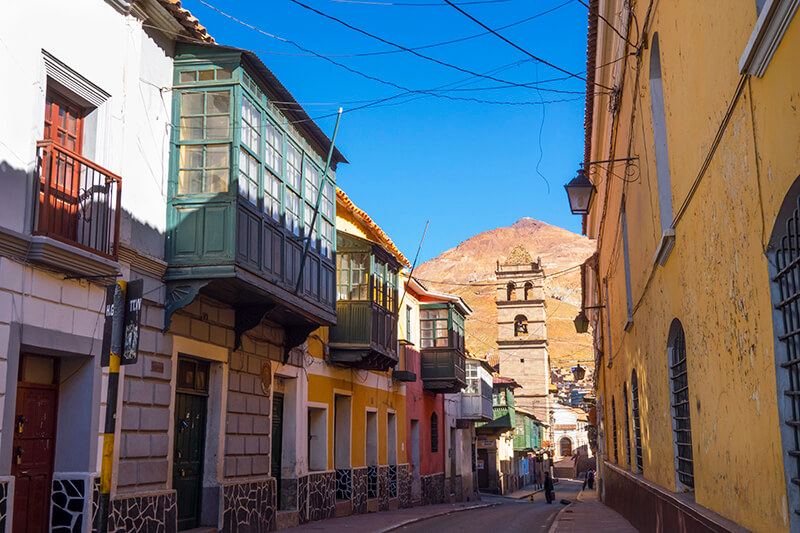
This website uses cookies so that we can provide you with the best user experience possible. Cookie information is stored in your browser and performs functions such as recognising you when you return to our website and helping our team to understand which sections of the website you find most interesting and useful.








 Laia is the dreamer and traveler behind
Laia is the dreamer and traveler behind 
13 Comments. Leave new
Guapa, it’s beautiful to discover every place and culture through your camera lens and your words. The car-free day has also been celebrated in Bogota for years. When I lived there it was once a year, now I think it’s done twice a year and it’s great. A good time to help the environment, especially in such polluted cities, it is a welcome respite.
Beautiful experience, thanks for sharing it with us and make us travel with you.
Thanks Diana!
Twice a year in Bogotá! I know a lot of cities are celebrating a Pedestrian’s Day to help the environment, but I thought it was always done once a year. It’s a good idea 🙂
Congratulations laia !!!
She details her more Impressions of trip, catches the idiosyncrasy of every culture and allows yourself to live through this trip across his statements and his photos.
It is brilliant !!!
Thank you 😉
Thanks a lot Carolina! I’m very happy you enjoyed it 🙂
Beautiful! Great trip and experience.
I love traditional festivals and beautiful landscapes in Latin America.
I know about the Pedestrian’s Day. It is an excellent measure to reduce cars and contamination.
Also, this project exists in Bogotá and it is a good day to enjoy the city with family and friends.
Thanks for sharing!
Thank you! Yes, Pedestrian’s Day is international and more and more cities are joining.
As you say it’s an excellent way to reduce pollution, and an opportunity to see the city differently and enjoy it with family and friends 🙂
This is Awesome! I plan to visit Bolivia for 9 days on a short backpacking trip. How much do you think I can do?! and what do you suggest?!
Thanks for sharing!
Festival and pedestrian day, you’re a lucky person!
Did Bolivian people tell you if they like or dislike Spain (we now share a common language and culture, but the Spanish colonization was brutal)?
Interesting question! Before going there I wondered the same thing.
One person, while talking about the colonization, mentioned that “the colonizers killed us”. But she was aware that the colonization happened long back and has nothing to do with today’s Spain.
Most people I talked with didn’t show any special like or dislike, but everybody had a friend or relative who lives or had lived in Spain (some of them went back to Bolivia due to the economical crisis in Spain).
Even the guide in the National Mint museum, who was talking about the colonization, did it in a very objective way, without expressing any opinion, and was happy to know that I’m from Barcelona. She said they get a lot of tourists from there.
Hi Gemma,
Oups, it’s hard to arrive on a place when everything is closed… it’s good that you found an open supermarket!
And yes, the parade was so cool 🙂
What a cool parade to see. We arrived on a holiday Monday and hardly anything was open but on a plus we found the supermarket super cheap! We tried to find the swimming pool but failed.
Wow, the title caught my attention. Just last night, I saw a post I started 2 years ago after visiting Potosi in Jamaica. I couldn’t remember why I had stopped.
The Potosi in Jamaica is quite different from the one here, and less colorful. I love festivals, especially children’s festivals. I also like the idea of Pedestrian’s Day – wonder if that would work in NYC?
Thanks for the tour!
Hi Marcia!
I agree the Pedestrian’s Day is a nice idea, and I wonder too if Pedestrian’s Day would work in NYC 🙂
I know in Europe several cities do it, it’s called car-free day. Some cities keep some public transport running though, and in others only the city center is car-free. It depends on the size of the city. In any case it’s a good idea 🙂